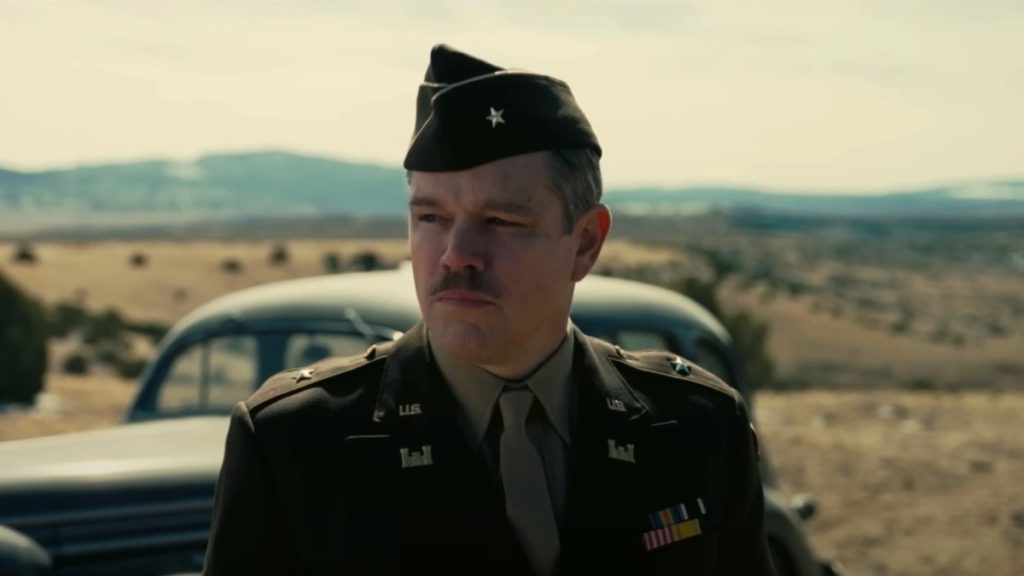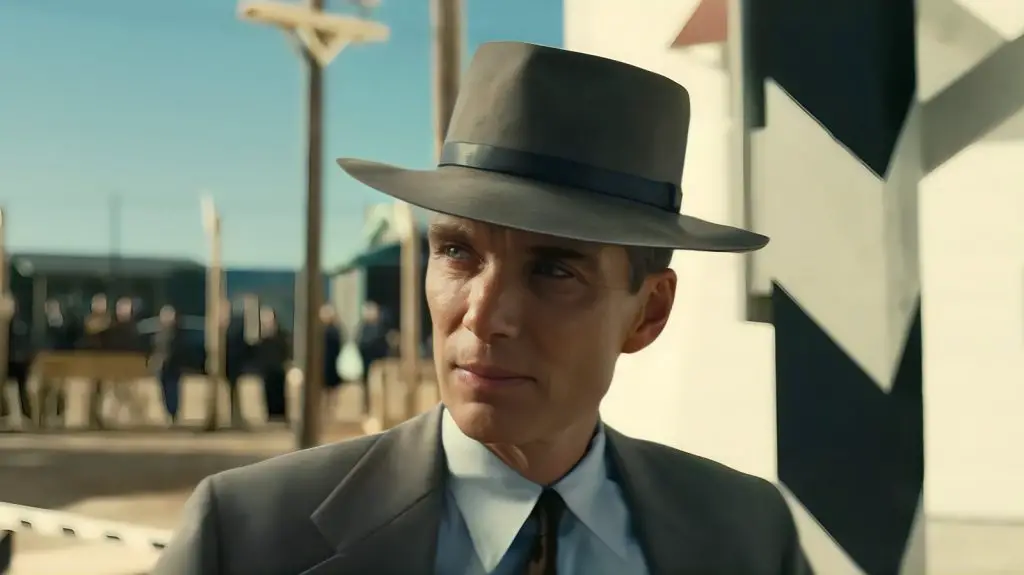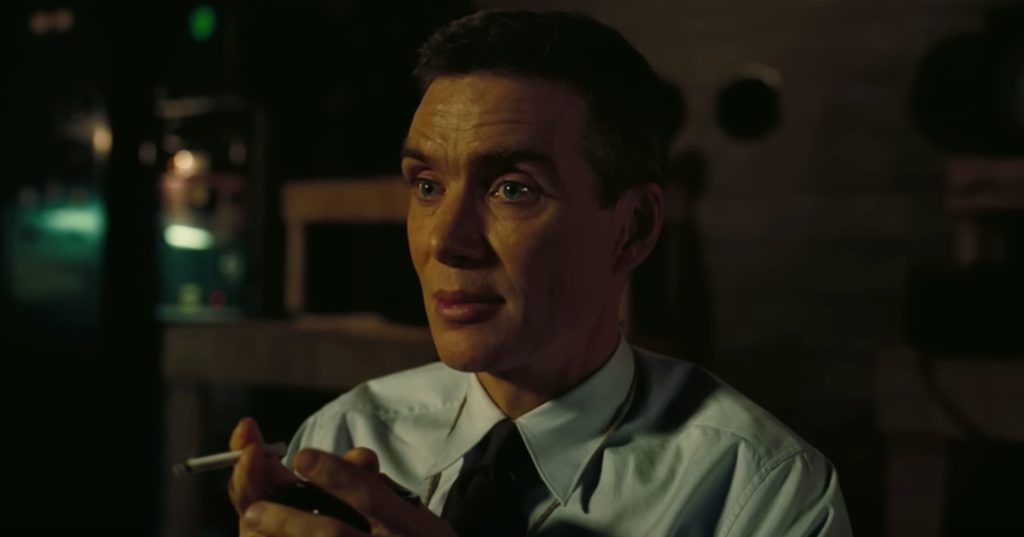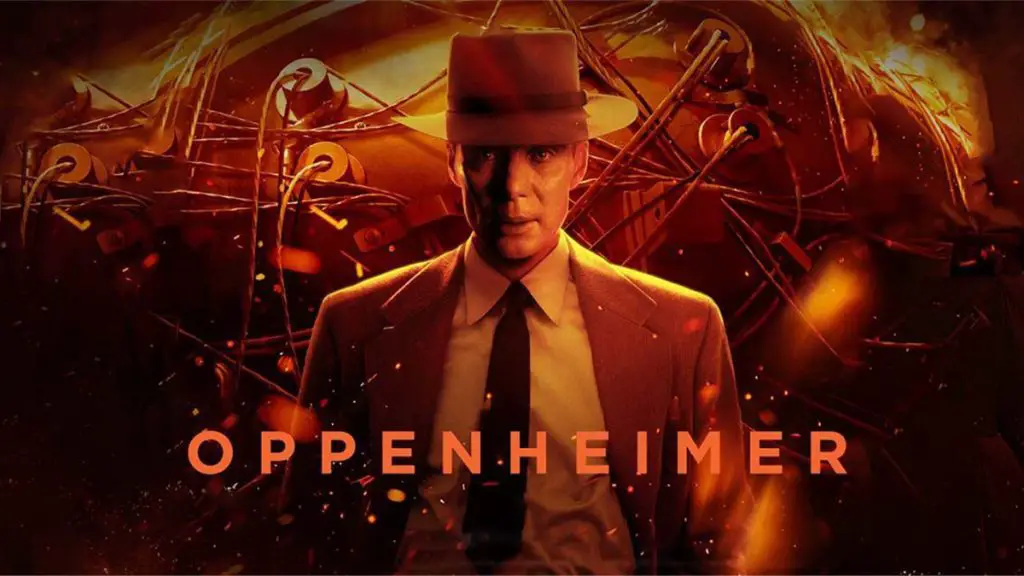Christopher Nolan’s biographical epic, “Oppenheimer,” plunges audiences into the tumultuous life of J. Robert Oppenheimer, famed as the “father of the atomic bomb.” Through Cillian Murphy’s evocative portrayal, we traverse Oppenheimer’s academic roots, his pivotal role in the Manhattan Project, and his eventual descent into ostracization for dissenting against his creation’s ramifications. A cinematic adaptation of the extensive Pulitzer-awarded biography, American Prometheus, the film presents a meticulous exploration of events from Oppenheimer’s life, spanning personal and professional arenas.
Nolan masterfully reconstructs crucial moments leading to the atomic bombings of Hiroshima and Nagasaki, encapsulating their global impact. However, he sidesteps the direct showcase of these bombings. Instead, viewers experience the initial atomic test’s grandeur, witness the political intricacies preceding the bombings, and discern the devastating aftermath through Oppenheimer’s traumatic visions. In one harrowing scene, Nolan displays Oppenheimer’s horror as he envisions a woman’s flesh disintegrating due to the bomb’s impact. Yet, audiences never see the moment the bomb descends from the Enola Gay or the serenity disturbed by the world’s deadliest weapon. The narrative pivots to Oppenheimer’s anticipation of President Harry S. Truman’s speech, underlining America’s triumphant gamble on scientific innovation.
Interpreting Distance from Direct Violence

Does Nolan’s decision to omit the explicit bombings seem remiss? After all, the civilian bombardment of Hiroshima and Nagasaki is a haunting chapter in world history, regardless of its justifications. The horror of witnessing patterns burned into human flesh leaves an indelible mark on collective memory. Yet, this film, focused intently on Oppenheimer, underscores the emotional chasm separating the physicist from the war’s immediate brutality. This deliberate narrative choice accentuates the story’s core: a man consumed by his invention’s profound consequences.
In Nolan’s storytelling, we observe Oppenheimer’s formidable influence during the Manhattan Project, collaborating with key figures like the staunch military representative Leslie Groves, convincingly played by Matt Damon. However, as the storyline unfolds, Oppenheimer grapples with the stark realization of his limited control over his monumental invention’s deployment.
Facing the Reality of Creation

As events progress, Oppenheimer’s emotional journey takes center stage. The enormity of the bombings weighs on him, an external reality mirrored in his internal struggles. Encounters with formidable figures like President Truman, portrayed by Gary Oldman, highlight Oppenheimer’s shrinking influence post-bombing and emphasize themes of guilt, accountability, and their intricate interplay.
Oppenheimer’s private life, riddled with its tragedies and betrayals, further deepens his sense of guilt. His passionate involvement with Jean Tatlock, brought to life by Florence Pugh, culminates in tragedy, while his commitments to the Manhattan Project estrange him from his wife Kitty, depicted by Emily Blunt. And as he publicly warns against the dire potential of nuclear weapons, he faces skepticism about his motivations, with both Kitty and his adversary, Lewis Strauss (captivatingly portrayed by Robert Downey Jr.), challenging his sincerity.
A Glimpse of the Unseen Atrocities

One of the film’s most powerful segments showcases an anonymous presenter, illustrating Hiroshima’s aftermath through chilling photographs to an audience, Oppenheimer among them. This scene crystallizes the film’s essence, where Oppenheimer, despite his vocal remorse and apprehensions for humanity’s future, finds himself unable to confront the immediate horrors of his creation. It is a testament to Nolan’s directorial prowess that this moment, subtle yet profound, resonates more deeply than any overt depiction of carnage might have.
Conclusion

“Oppenheimer” is more than a biographical recounting; it is a reflection on responsibility, the ramifications of innovation, and the human soul’s fragility. Nolan’s decision to spotlight the man, rather than the bomb, offers viewers a raw, introspective exploration of the complexities inherent in groundbreaking endeavors. This film is not merely about the creator of the atomic bomb, but about every individual’s struggles when their actions resonate beyond their intentions. Christopher Nolan, once again, masterfully crafts a narrative that lingers long after the credits roll.


